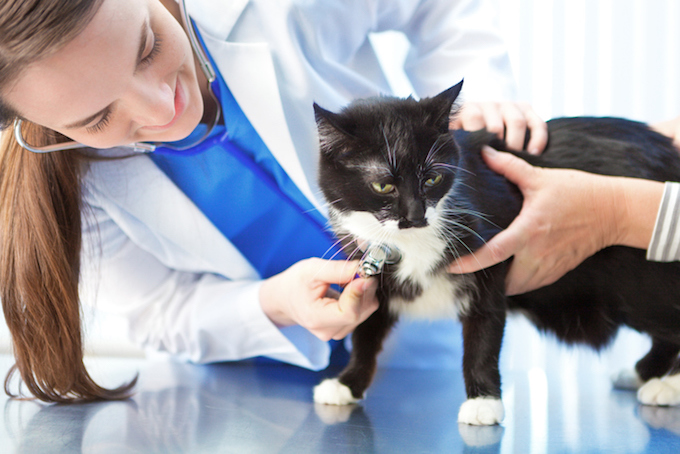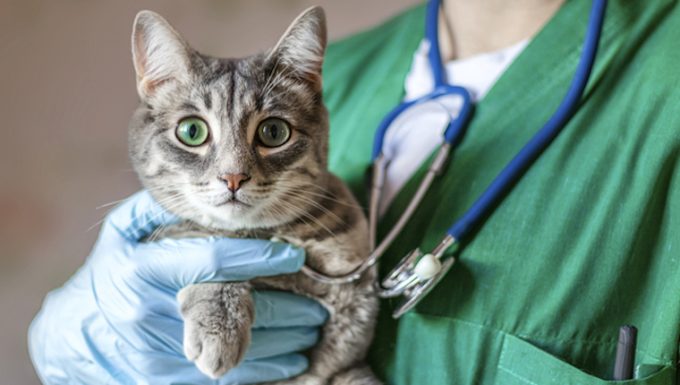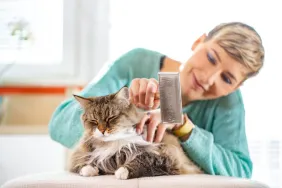Idiopathic epilepsy in cats is a brain disorder. The condition can cause repeated seizures and sometimes a loss of consciousness.
Technically, the condition happens for unknown reasons. This is called being idiopathic. Although some vets suspect that the condition might be caused by genetics. You can also read about the causes of standard epileptic seizures in cats in our post here.
If you see the signs of the condition in your cat, then get to a veterinarian for a proper diagnosis and treatment.
Here’s what you should know about the symptoms, causes, and treatments for the condition.
Symptoms of Idiopathic Epilepsy in Cats
The condition produces seizures. Technically, there are three stages of a seizure called aura, ictus, and postictal. Each stage has its own symptoms.
For example, the aura stage can produce these symptoms:
- Restlessness
- Shaking
- Hiding
The ictus stage can produce these symptoms:
- Jerking
- Salivating
- Collapse
- Incontinence
Finally, the postictal stage can produce these symptoms:
- Pacing around aimlessly
- Acting disoriented
Causes of Idiopathic Epilepsy in Cats

The cause of the condition is unfortunately unknown. However, some vets have speculated that genetics play a part in causing the condition.
Treatments for Idiopathic Epilepsy in Cats
If you notice that your cat is having a seizure, stay close to them and try to keep them calm. Then go straight to your regular vet.
Firstly, your vet will ask about your cat’s symptoms. Secondly, your vet will carry out a full physical examination. Blood and urine tests will also be taken. The subsequent results of the tests can show if your cat has any chemical imbalances or is suffering from an infection.
Additionally, MRIs and CT scans can be used to help diagnose the condition.
Generally, treatment will focus on helping with your cat’s symptoms. For example, anticonvulsant medication can be used to control the chances of future seizures. As always, if your vet prescribes your cat any medicine, make sure to stick to the correct dose and frequency instructions. Also, complete the full course of medicine.
Ultimately, the aim of treatment is to manage your cat’s symptoms. Also, remember to keep up regular visits to your vet so that your cat’s medication dosage can be monitored and changed if needed.
Have you ever cared for a cat who suffered from this condition? How did your vet help your kitty recover? Let us know in the comments section below.









